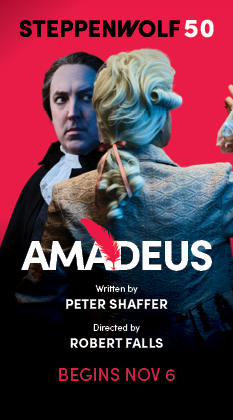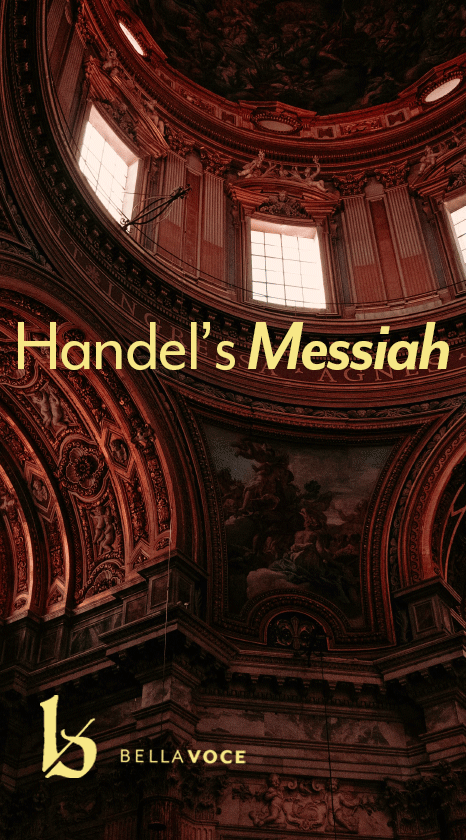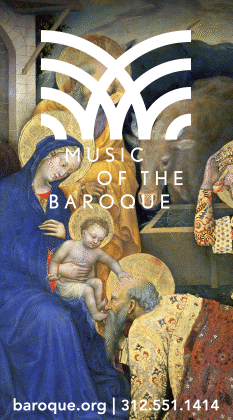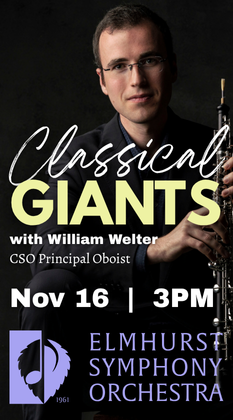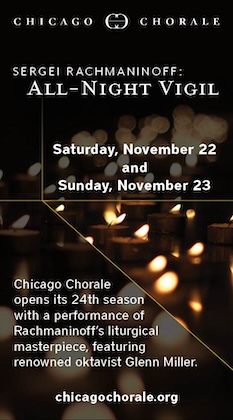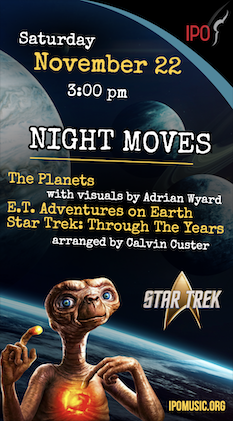Apollo Chorus gives powerful advocacy to Garrop’s ecological oratorio
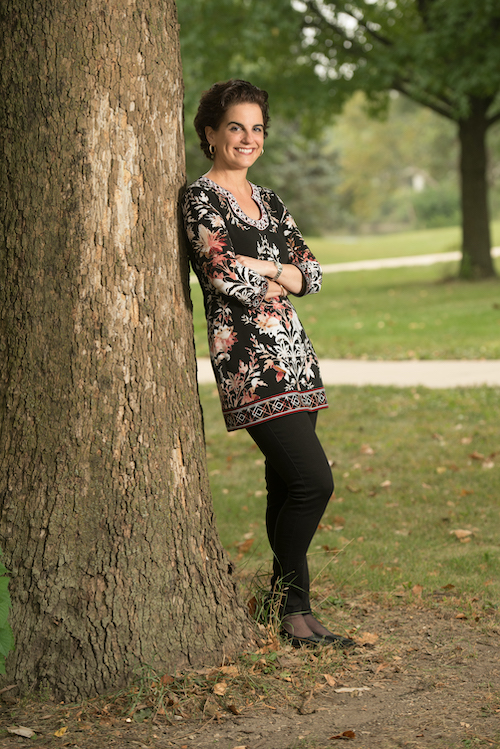
It was utterly appropriate that Mother Nature erupted noisily just before the Apollo Chorus’s performance of Stacy Garrop’s oratorio, Terra Nostra. As audience members filled the vestibule of St. James Cathedral in Near North Chicago Monday night, thunder rolled, lightning blazed and cell phones squawked out tornado warnings. It was a perfect setup for a work about life on earth that shook the cathedral’s lofty rafters.
The concert opened with Apollo’s Lyre, a short meditation with text by Jerry Dye on a city burning to the ground only to rise again. Hearing it sung in a neighborhood destroyed by the Chicago Fire in 1871 was particularly chilling.
While Garrop had no hand in the flashy, pre-concert meteorological display, Terra Nostra more than held its own as a spellbinding dive into the history of the planet.
Composed in 2015 and heard Monday in its Chicago premiere, the oratorio is arranged in three sections: “Creation of the World,” “The Rise of Humanity” and “Searching for Balance.” Texts ranged from the King James Bible and ancient creation myths from India, North America and Egypt to works by such poets as Lord Alfred Tennyson, Gerard Manley Hopkins and Edna St. Vincent Millay.
Joining the Apollo chorus were a chamber orchestra, the Evanston Children’s Choir and four vocal soloists, all expertly conducted by Apollo music director Stephen Alltop.
The Apollo Chorus celebrates its 150th anniversary this year, and the singers, directed by Alltop for the past 25 years, sounded glorious Monday night. Their diction was exceptionally clear as they explored every layer of Garrop’s subtly nuanced, mostly tonal music. The opening Bible text of Terra Nostra, “In the Beginning,” was tense and urgent, surging with dark undercurrents. In “The Rise of Humanity” the chorus raced without pause through texts titled “Railways 1846,” “A Song of Speed,” and “High Flight.” The headlong pace had one waiting for a crash that, mercifully, never came.
In contrast, during the oratorio’s final moments, the chorus, along with the children’s chorus and soloists, sounded all too aware of unintended consequences. They imbued Garrop’s steady, resolute melodies with regret, hope and a gritty commitment to the hard work ahead.
Creation, the earth’s despoilation, and the planet’s uncertain future are the weightiest of subjects. Few composers would avoid portraying them with drums and blazing brass, and Garrop’s score bristles with stirring fanfares and thundering percussion. But unrelenting sonic assaults can leave an audience feeling bludgeoned into submission. Garrop avoids that elegantly in Terra Nostra. Running slightly more than an hour, the oratorio is impeccably paced.
At various points, Garrop employs the obvious device of alternating her musical forces. Spinning out a creation myth from India, soloist Marin Tack took us into intimate confidence, her silvery soprano accompanied by a few restless instruments and pinging bell. As the almighty Egyptian god, Khepri, tenor Jesse Donner declaimed his power in swaggering phrases, punctuated by arrogant drums and insolent brass. The Evanston Children’s Chorus occasionally sounded underpowered, but as they alternated lines with the chorus and soloists in the final Walt Whitman poem, the innate optimism of their young voices was a touching contrast to the adults’ sorrowful determination.
The skillful pacing of Terra Nostra, however, goes far beyond alternating musical forces. Garrop is a brilliantly inventive orchestrator. Timpanist Bobby Everson, one of Chicago’s most sought-after freelancers, barely had a moment’s rest. But the sound from his battery of drums was spectacularly varied, from almost palpable waves of terrifying thunder to a gentle, reassuring pulse.
In a duet for Tack and mezzo-soprano Aryssa Burrs, melancholy woodwinds wandered beneath the sinuously entwined voices. Even when the chorus was roaring ahead full throttle, we became aware of dramatically shifting orchestras textures.
Outside of opera, oratorio is probably classical music’s most complex form. Perhaps even more complex, since no scenery or costumes help the drama along. According to her program notes, Garrop’s focus is “the relationship between our planet and mankind.” No small order.
But in Terra Nostra she has risen impressively to two immense challenges: oratorio’s outsized demands and the daunting scope of her subject. Even without Monday’s night’s boost from Mother Nature, Terra Nostra is a powerful portrait of awe, sorrow and hope.
Posted in Uncategorized
